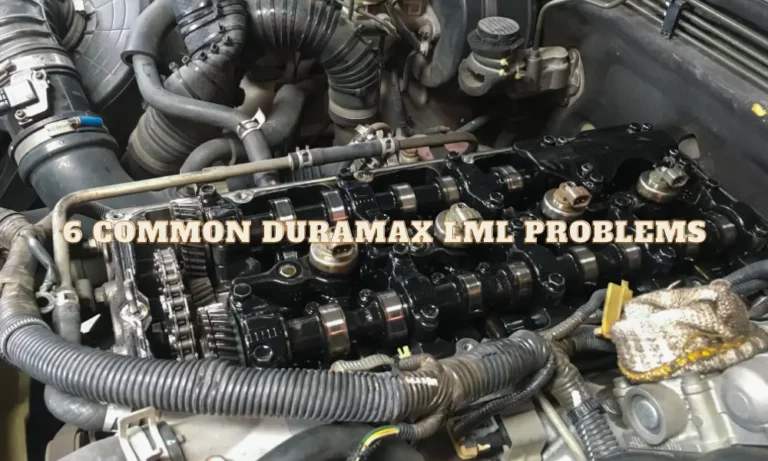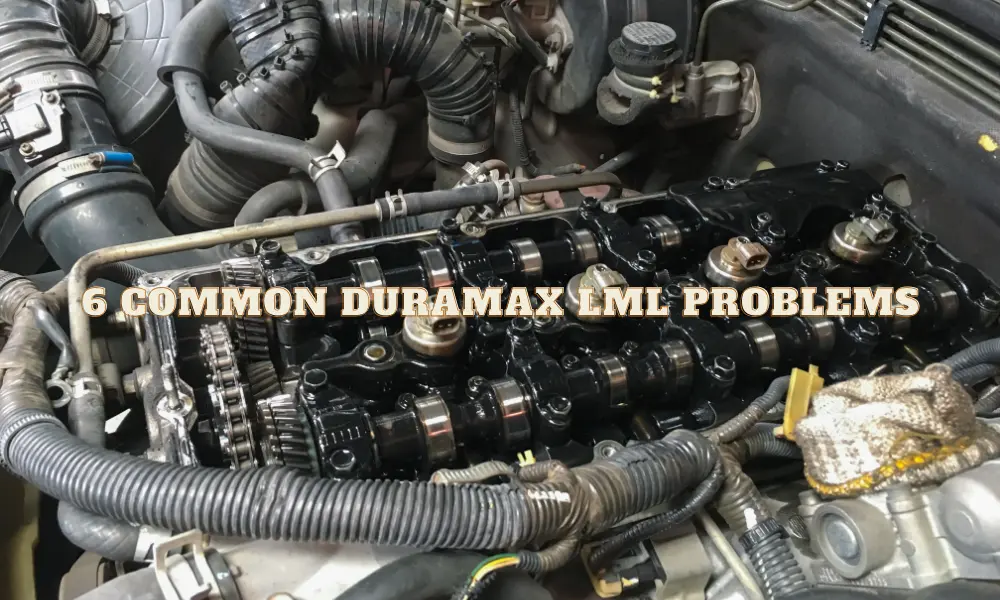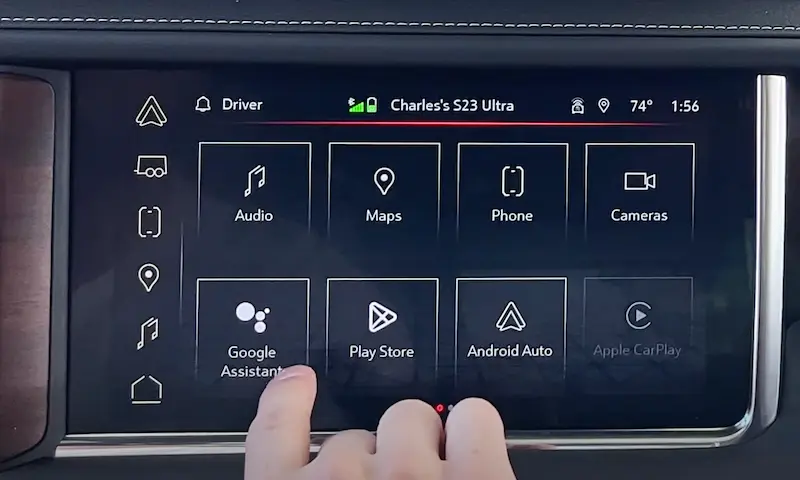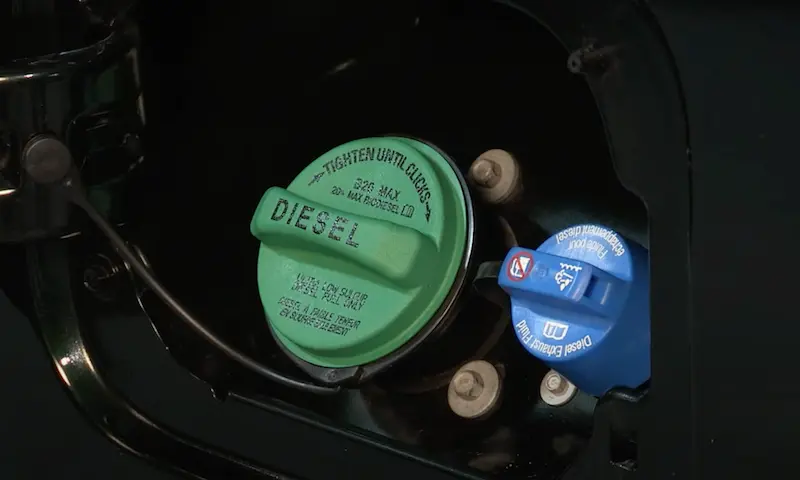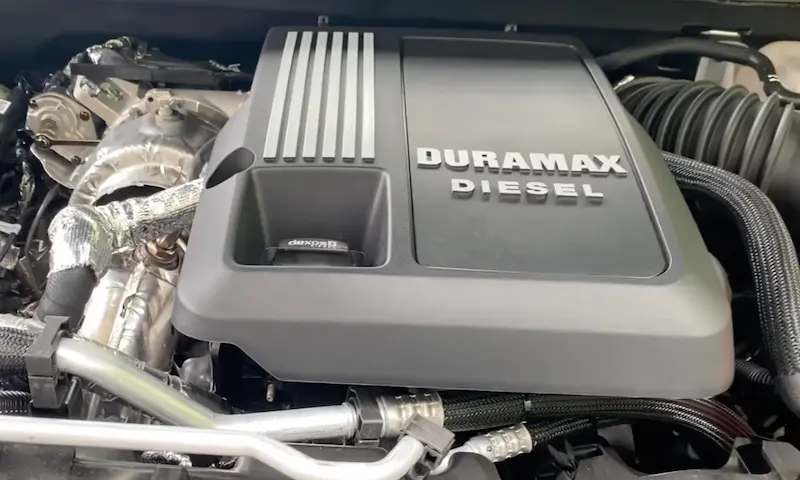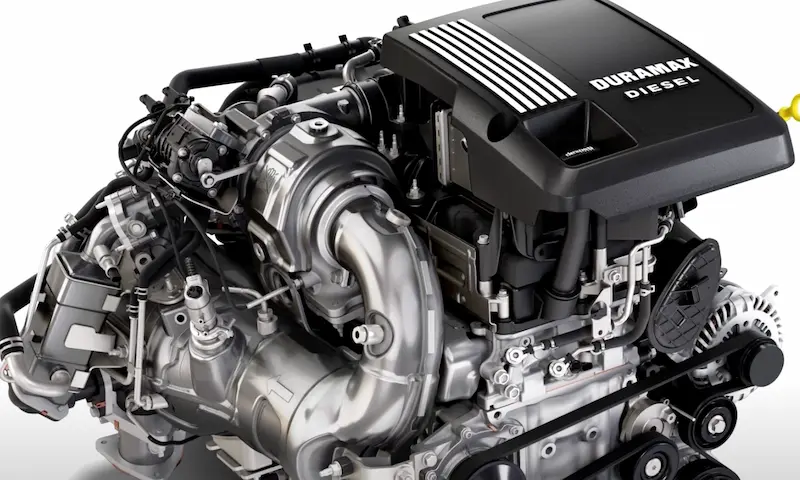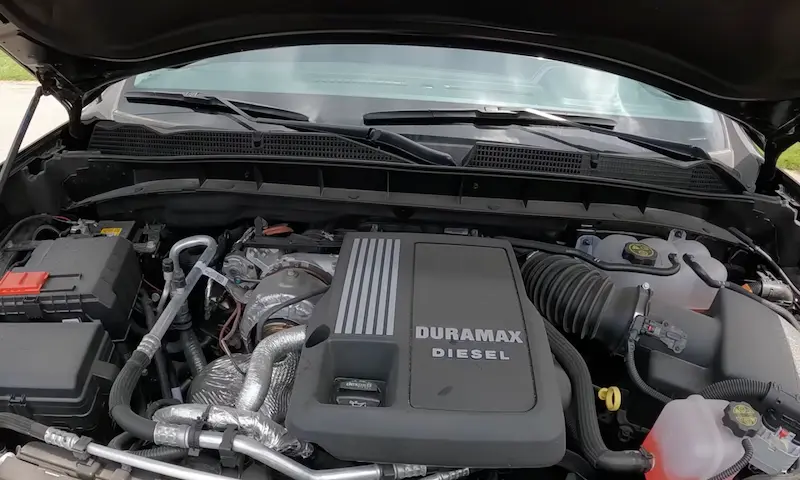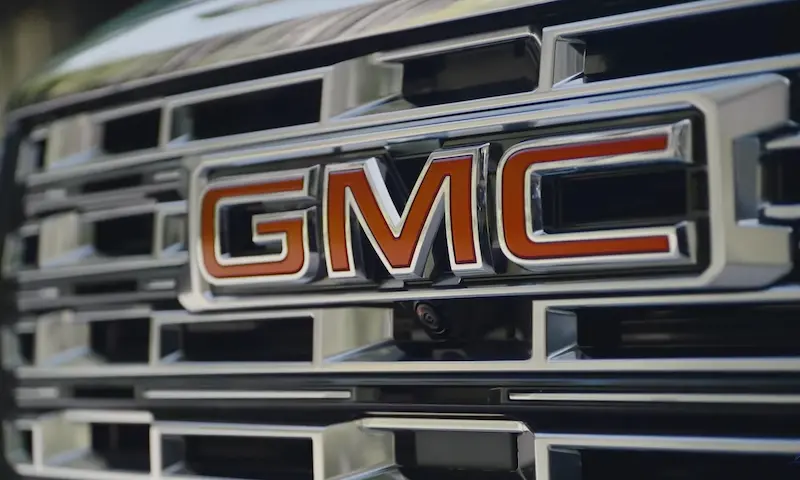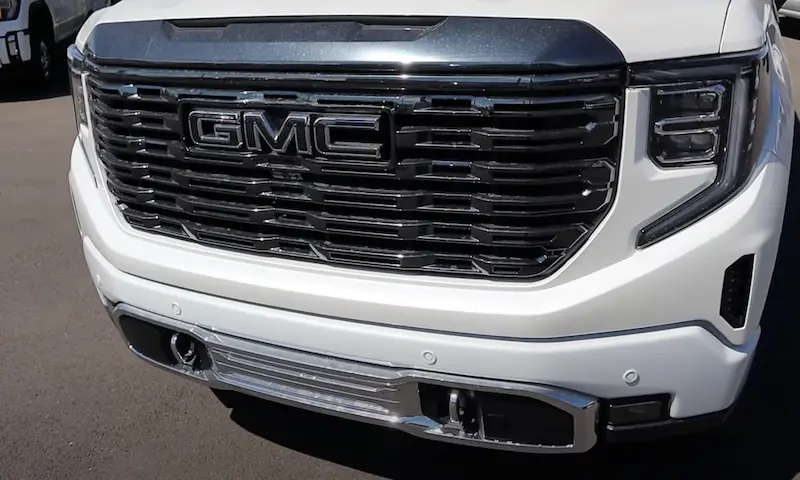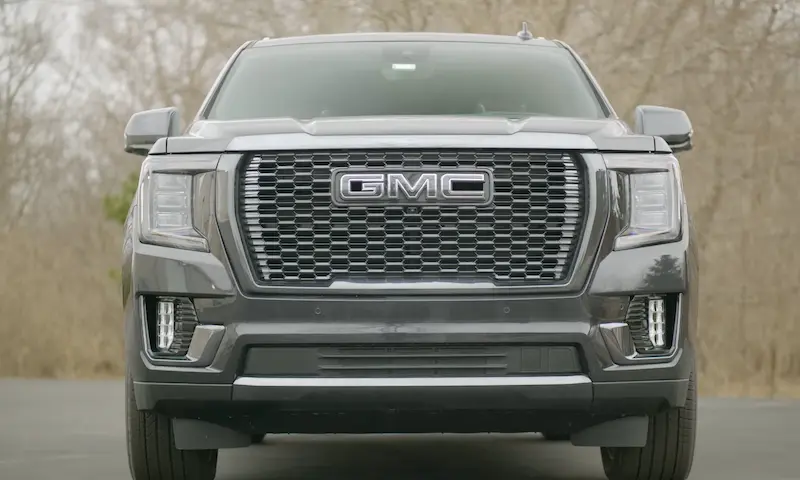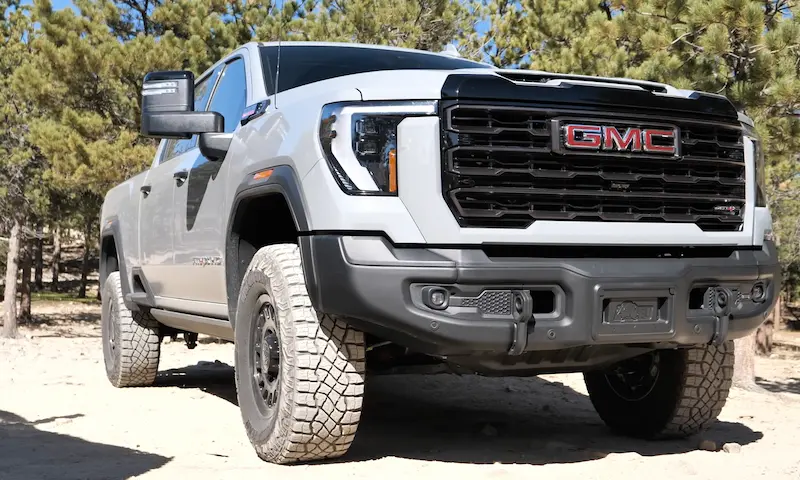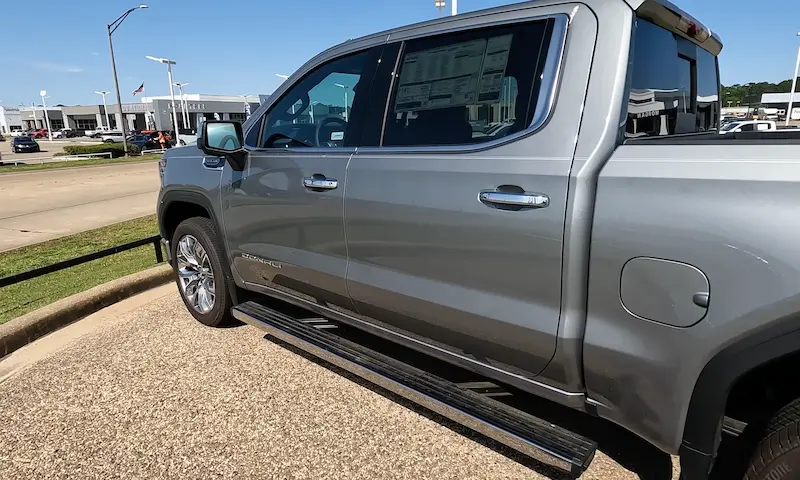Your Chevrolet Silverado’s heart, the 6.6L Duramax LML, is a powerful V-8 diesel that debuted in 2011, but it’s known to have a few hiccups. Despite the robustness GM infused into this heavy-duty engine, certain issues surrounding the fuel system and emissions equipment have emerged over time. Navigating these common problems helps keep your truck performing at its best.
Understanding the Duramax LML Engine
Before diving into the specifics, it’s essential to comprehend that the Duramax LML engine is a significant chapter in diesel power for Chevrolet trucks, featuring robust performance and specific advancements over its predecessors.
Technical Specifications
Your Duramax LML engine boasts a 6.6-liter V8 that’s turbocharged for impressive power delivery.
Designed to generate considerable horsepower and torque, this engine has a peak output of 397 horsepower and 765 lb-ft of torque, providing you the muscle for towing and hauling needs.
With a compression ratio of 16.8:1, it balances durability and efficiency. The engine has a stroke measurement of 3.90 inches and a bore of 4.05 inches.
| Specification | Value |
|---|---|
| Horsepower | 397 hp |
| Torque | 765 lb-ft |
| Displacement | 6.6L |
| Compression Ratio | 16.8:1 |
| Stroke | 3.90 inches |
| Bore | 4.05 inches |
The block is made of cast iron, while aluminum is used for the cylinder heads to optimize cooling. Your engine’s firing order—1-2-7-8-4-5-6-3—ensures smooth operation and reduced vibrations.
History and Evolution
Introduced in 2011, the LML represented a substantial upgrade, employing over 60% new parts compared to earlier models; this was the biggest revamp since the Duramax engine’s debut. Improvements included critical updates to the fueling system and crucial enhancements to meet stringent emissions standards.
The LML in Chevrolet’s Lineup
Chevrolet incorporates the LML Duramax into its heavy-duty trucks, namely the Silverado 2500HD and 3500HD. These vehicles are designed to deliver the power and reliability essential for demanding jobs.
The engine’s inclusion in Chevrolet’s lineup underscored the brand’s commitment to performance and innovation in the heavy-duty truck market.
Common LML Issues and Solutions
Understanding the common problems and their fixes can significantly improve your experience with the LML engine. From injection pump failures to EGR complexities, you’ll find proactive steps to keep your truck running smoothly.
CP4 Injection Pump Failures
The CP4 injection pump is known for being less reliable than its predecessor, resulting in potential pump failure. Symptoms include stalling and hard starts, with trouble codes like P0087 and P0191 often being indicators of an issue.
A solution to extend the lifespan of your pump includes using a lift pump to help maintain proper fuel pressure. If failure occurs, converting to a more robust CP3 pump is a common fix.
Injectors and Fuel System Challenges
Injector failure can lead to decreased fuel economy and poor engine performance. If your truck is displaying trouble codes such as P0088 or P128E, it could point to an injector or fuel system issue.
Regular replacement of your fuel filter and using high-quality diesel can help prevent these problems. For persisting issues, replacing the stock injectors with upgraded options is advised, and inspecting the fuel lines for any leaks or wear is crucial.
EGR and SCR System Complications
Your Duramax’s EGR (Exhaust Gas Recirculation) and SCR (Selective Catalytic Reduction) systems are vital for controlling emissions, but can be a source of headache. The EGR can clog or fail, causing performance issues, while the SCR paired with the DPF (Diesel Particulate Filter) manages exhaust aftertreatment.
Regular maintenance and immediate attention to relevant trouble codes can prevent more severe damage. Sometimes, cleaning or replacing the EGR valve may resolve your issues.
Problems with Durability and Maintenance
Maintaining an LML engine can result in discoveries of potential durability concerns. High mileage trucks may experience wear in their fuel tank, fuel lines, and other components.
To ensure longevity, adhere to a strict maintenance schedule, checking and replacing parts like the fuel filter and injectors as needed. Monitor any trouble codes and address them promptly to prevent a minor issue from becoming a significant problem.
Enhancing LML Reliability and Performance
When you’re aiming to boost the reliability and performance of your LML Duramax, there are targeted upgrades and practices you can adopt. These include swapping critical components, enhancing your truck’s tuning, and sticking to thorough maintenance routines.
Upgrades to Consider: CP3 Conversion and More
The stock CP4 injection pump is known for its vulnerabilities; a CP3 conversion is often recommended for increased reliability. This pump is robust and less prone to failure when exposed to contaminants in diesel fuel.
Additionally, consider installing a high-quality lift pump such as FASS or Airdog to ensure consistent fuel delivery and purification, thus protecting your engine.
Tuning and Aftermarket Enhancements
Tuning the engine can yield significant performance enhancements. With the right tune, your truck’s ECM can manage fuel delivery more efficiently, leading to better throttle response and even potential fuel economy benefits.
Pairing tuning with a cold air intake system improves combustion and engine breathing, resulting in a more responsive and powerful Duramax.
Routine Maintenance and Care
Adhering to proper maintenance is crucial. Regular lubrication and timely replacement of filters ensure that your engine stays in top condition.
You should also follow the manufacturer’s guidelines for service intervals, and use high-quality parts to maintain the engine’s integrity. Proper care of your LML Duramax will extend its lifespan and maintain optimal performance levels.
Long-Term Ownership Insights
When you’re eyeing the LML Duramax for its longevity, understanding what to expect at high mileages, how to optimize performance, and what costs are involved can set you up for a rewarding experience.
Reaching 300,000 Miles: Real Owner Experiences
Many LML Duramax owners aim for the benchmark of 300,000 miles, a testament to the engine’s durability. Your chances of hitting this milestone can increase with meticulous maintenance. Stick to a strict service schedule, and you might join the ranks of those who rave about the LML’s resilience.
Maximizing Fuel Efficiency and Reducing Emissions
To boost your LML’s fuel economy and limit emissions issues, pay close attention to the emissions equipment. Regular checks of the EGR system and staying on top of the latest software updates can keep your truck running efficiently and powerfully, while also being kinder to the environment.
The Cost of Owning an LML: Budgeting for Repairs
Budgeting wisely for repairs will help ensure your LML remains a more durable engine in the long haul. Here’s a quick breakdown:
- Common Parts: Estimate costs for replacements such as injectors and the CP4 pump.
- Labor: Factor in hourly rates at trusted mechanics.
- Preventive Measures: Investing in fuel additives and frequent oil changes can prevent bigger expenses down the line.
Addressing Specific LML Engine Problems
When addressing problems with the LML engine, it’s crucial to understand the common issues related to its internal components, exhaust, and emissions system, as well as electronic monitoring and fuel injection errors. Let’s look at these specific problems and provide you with the insight you need to tackle them effectively.
Internal Component Failures: Rods, Pistons, and Blocks
Your LML engine’s longevity can be affected by failures of key internal components such as rods, pistons, and the engine block. Cracking pistons, a well-known issue, occur due to stresses beyond what the pistons in the LML engines were designed to handle.
This is often exacerbated by non-stock tuning and heavy-duty towing. Additionally, the rods and engine blocks are durable, but when they do fail, it’s typically due to excessive power output or poor maintenance.
Exhaust and Emissions System Issues
The LML’s emissions system, including the DPF, EGR cooler, and SCR system, is complex and can cause headaches. Sulfur contamination from poor-quality diesel can lead to DEF (Diesel Exhaust Fluid) issues.
Regular maintenance is key to ensure these parts function correctly and do not lead to greater emissions system failures, which could affect your truck’s performance and legally required emissions standards.
Electronic Control Module (ECM) and Injection Timing Errors
Finally, the ECM, which controls the fueling system, can experience programming or failure issues, leading to incorrect injection timing. This problem not only affects the truck’s drivability but can also negatively influence fuel economy and emissions. Dependable diagnosis and swift repair or replacement are essential to prevent further damage to your LML engine.
Preventative Strategies and Best Practices
Maintaining your Duramax LML engine doesn’t have to be a daunting task. By focusing on fuel quality, regular diagnostics, and exhaust aftertreatment upkeep, you can greatly enhance your truck’s reliability and fuel economy.
Fuel Quality and Filtration Importance
The health of your LML engine is largely dependent on the quality and purity of the diesel fuel it uses. High-quality fuel with a good lubricity rating is crucial to minimize wear and prevent component failure.
Additionally, a robust filtration system is your engine’s first line of defense, ensuring contaminants don’t compromise your fuel injectors and lead to costly repairs. Consider investing in premium fuel filters and frequent changes to maintain peak performance.
Importance of Regular Monitoring and Diagnostics
Regular checks of your engine’s balance rates can alert you to potential issues before they escalate. Monitoring key data through diagnostics allows you to maintain proper maintenance schedules and catch problems early on.
Utilize diagnostic tools to scan for codes that may indicate failing parts or failure points within the fuel system, thereby avoiding decreased fuel economy and potential damage to your engine.
Upkeeping the DEF and DPF Systems
Your LML’s Diesel Exhaust Fluid (DEF) and Diesel Particulate Filter (DPF) are critical in reducing emissions and keeping your engine running cleanly. Regular top-ups with quality DEF fluid and keeping an eye on the DPF’s condition can prevent buildup and clogging.
The SCR (Selective Catalytic Reduction) system relies on DEF to function correctly, so ensuring these systems are maintained is essential for lubrication and longer engine life.
Regular cleaning or replacement of the DPF will ensure your LML runs efficiently and remains environmentally friendly.
Remember, your LML is a complex and powerful machine, and treating it with care will ensure you get the most out of it for years to come.

